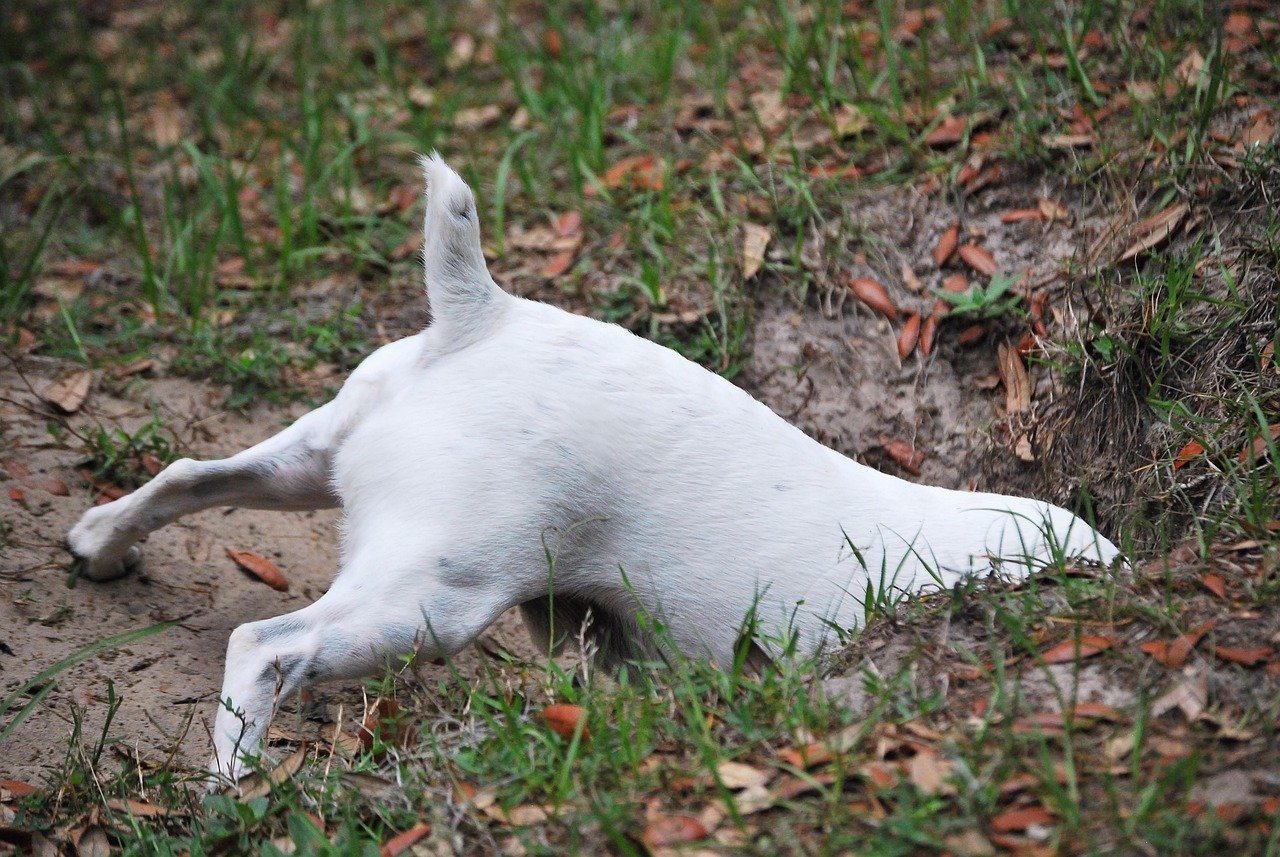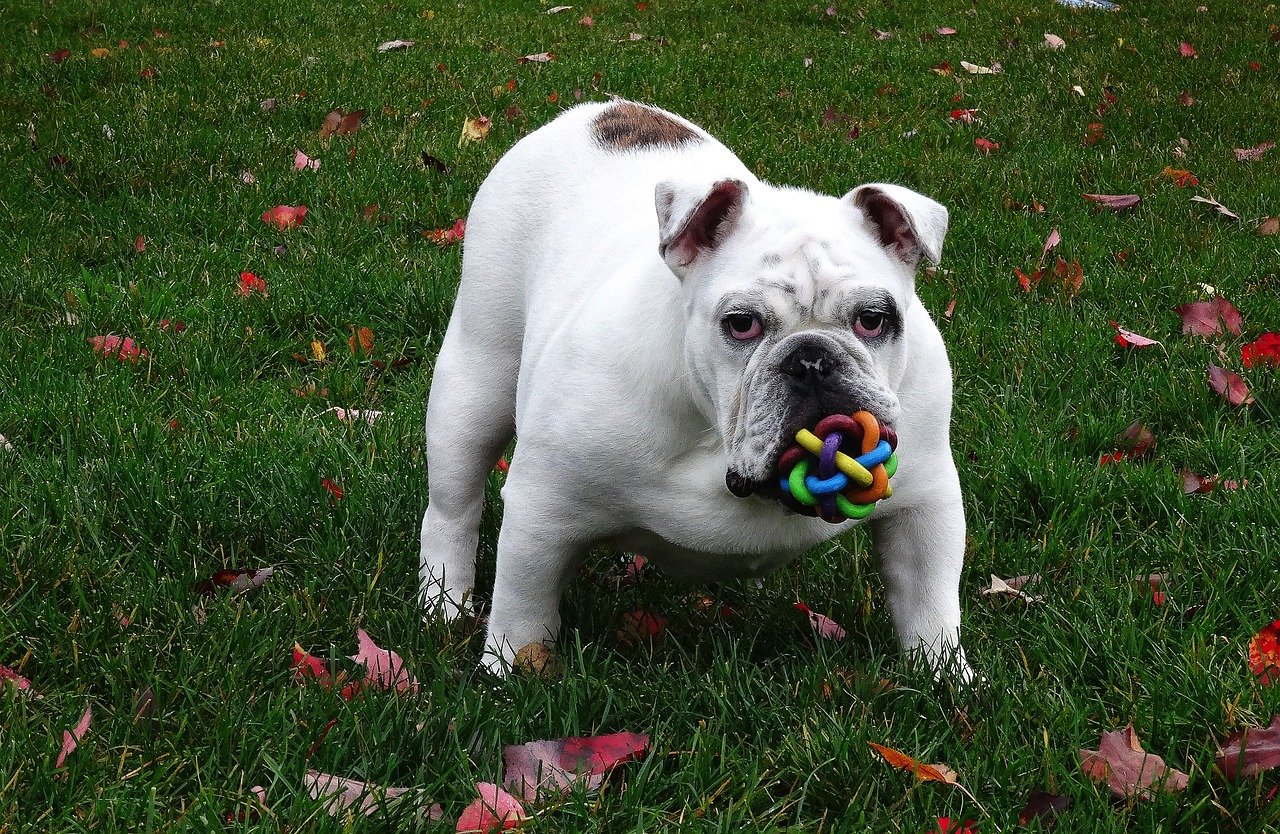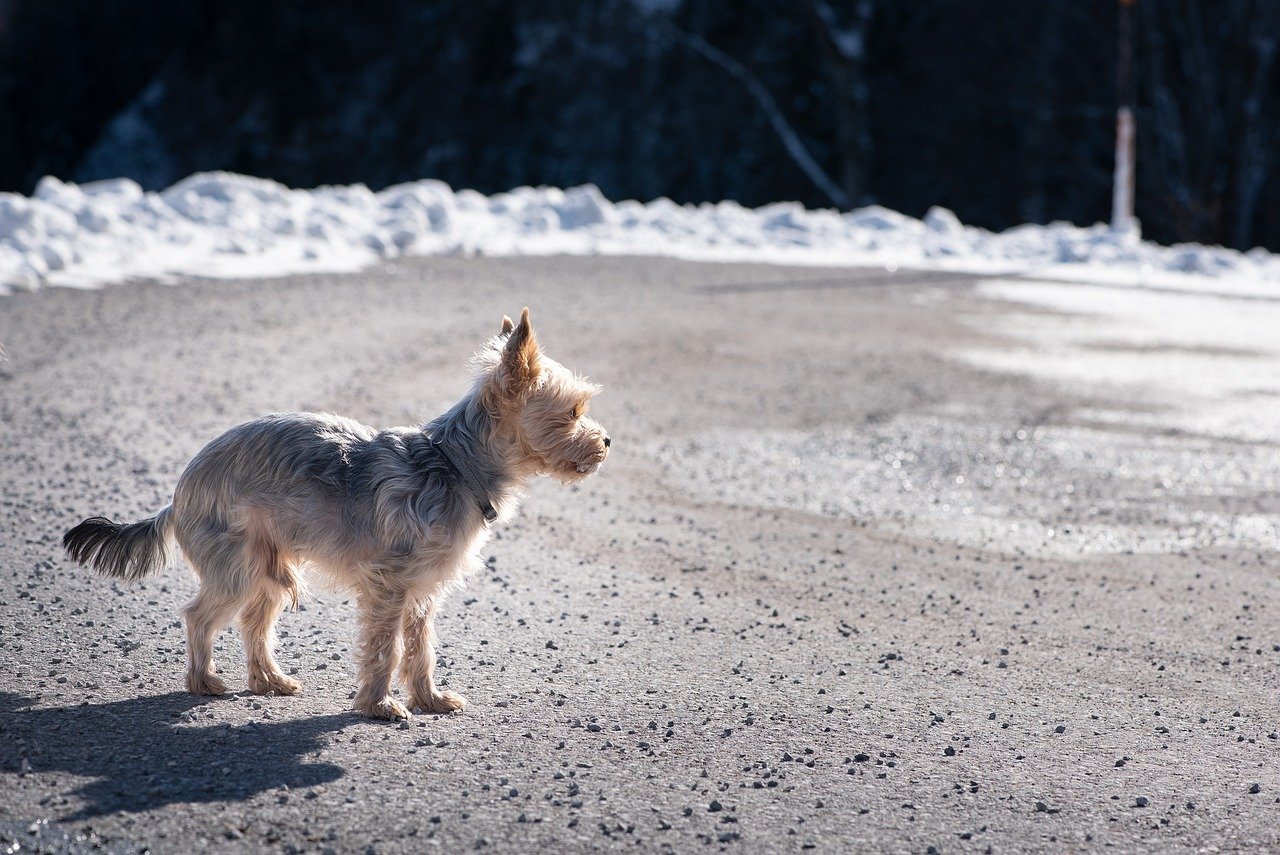Have you ever walked into your living room only to find your dog in the middle of a pillow massacre, fluff flying like snow in July? It’s equal parts shocking, hilarious, and frustrating. Trust me, you’re not alone—dogs digging into the furniture is a problem that drives even the most patient owners a little bonkers. But behind those muddy paws and guilty faces, there’s always a reason. Let’s dig into the heart of the issue and find real solutions, together.
Understanding Why Dogs Dig Indoors

Dogs aren’t out to ruin your favorite couch out of spite. Digging is part of their instincts—think about their wolf ancestors who dug for food, warmth, or safety. When dogs dig into furniture, it’s their way of coping with boredom, anxiety, or pent-up energy.
Sometimes, it’s as simple as curiosity or the search for a comfy spot. If your dog’s been left alone too long or doesn’t get enough exercise, that energy needs to go somewhere—and your armchair might just be the unlucky target.
Spotting the Signs Before the Digging Starts
Watch your dog closely for subtle cues. If they start circling, sniffing, or pawing at the sofa, it’s a clear warning sign that digging might be next. Some dogs whimper or lick the furniture before launching into full excavation mode.
Catching these behaviors early gives you a chance to redirect their attention. A gentle “no” or offering a chew toy right away can do wonders, especially if you’re consistent.
Redirecting The Instinct: Toys and Alternatives

Dogs need an outlet for their natural behaviors. Offer them digging-approved toys like snuffle mats, puzzle feeders, or a sandbox if you have space. These keep their minds busy and satisfy their urge to dig, leaving your furniture in peace.
Rotate toys regularly to keep things fresh. Just like kids, dogs get bored of the same old thing—surprise them with new textures and sounds, and you’ll see less interest in the couch.
Boosting Enrichment and Exercise
A tired dog is a happy dog! Regular walks, play sessions, and even homemade obstacle courses can burn off that extra energy. Mental stimulation is just as important as physical; try teaching new tricks or hiding treats around the house.
If weather or work keeps you indoors, short training sessions or tug-of-war games can help. The goal is to make your dog’s life more interesting than your furniture—no easy feat, but definitely possible.
Managing Anxiety and Stress

Some dogs dig when they’re anxious or stressed, especially during thunderstorms or when left alone. Watch for pacing, panting, or whining alongside digging behavior. Comforting routines, calming treats, and gentle background music can ease their nerves.
For more severe anxiety, a chat with your vet or a canine behaviorist is a good step. Sometimes, anxiety jackets or pheromone diffusers can provide comfort, making your sofa less appealing as a stress outlet.
Making Furniture Less Appealing
You can encourage good habits by making digging less rewarding. Deterrent sprays, aluminum foil, or double-sided tape on furniture surfaces can discourage those busy paws. Most dogs dislike unusual textures or scents, so these tricks often work quickly.
Consistency is key—remove the deterrents only after your dog has lost interest. Pair this with praise and treats when they choose their toys instead, and your furniture will soon be safe.
Health Checks: When Digging Signals Trouble
Sometimes, excessive digging can signal underlying health issues. Allergies, fleas, or skin irritations may cause your dog to scratch and dig at soft surfaces for relief. If you notice red skin, bald patches, or frequent scratching, a vet visit is in order.
Pain or discomfort, especially in older dogs, can also lead to unusual behaviors. Always rule out medical issues if your dog’s digging seems sudden or intense.
Staying Patient: Progress Takes Time
Change doesn’t happen overnight. Dogs learn best with gentle guidance and lots of patience. Celebrate small victories, like choosing a toy over the armchair, and forgive the occasional slip-up.
Remember, your dog isn’t being naughty—they’re just being a dog. With understanding, consistency, and a little creativity, you can help them choose better ways to play and relax.





